The Consumer Electronic Show (CES) has spent the last decade showing how the car is reinventing itself. but in this CES 2021 , the pandemic prevented the 54th physical edition of the consumer electronics fair from taking place, leading to the event itself having to reinvent itself with a completely virtual edition, in which each company transmitted from its own facilities to the press and “visitors”.
A reinvention that showed resilience and adaptability in what is one of the industries with the greatest capacity to adapt and evolve in the world.
A contrast when compared to the cancellations or postponements of motor shows in Geneva, Beijing, New York, Paris, Los Angeles and Detroit that have succumbed to the need to defend human health.
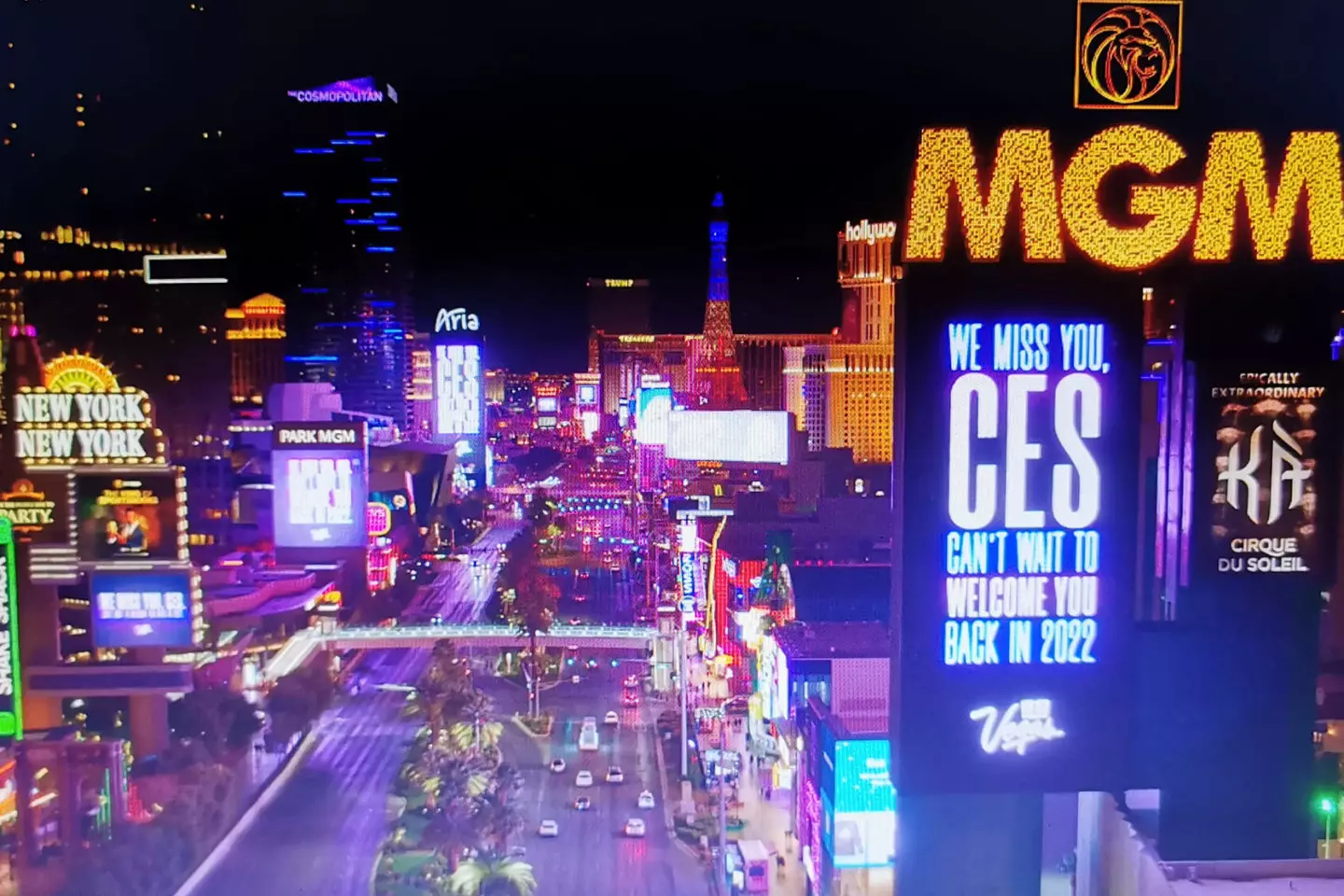
The event took place between January 11th and 14th at half gas, with fewer major thematic areas, with much fewer companies and none of the 170,000 professional visitors from recent editions. There were presentations, conferences, debates and keynote sessions from the Digital Health, Robotics and Drones, 5G Connectivity, Digital Transformation, Smart Cities and Vehicle Technology sectors.
It was a titanic organizational effort, but as Gary Shapiro, CEO of the promoting association, admits, “I hope it will be the first and last virtual edition, because it lacks the touch, proportion and human contact without which nothing is so interesting”.
the screen war
Mercedes-Benz continued its tradition of saving an important surprise for the CES, in this case the revolutionary dashboard Hyperscreen. Entirely in glass and digital, it will make its debut within the EQS, which will be the S-Class of trams and which will be shown for the first time in its final version in the second half of 2021.

Unlike the dashboard entirely made of screens that Byton unveiled here at CES exactly a year ago (and which will be inside the M-Byte model which, finally, looks like it will be manufactured from the beginning of 2022 thanks to the investment made by Foxconn at the Chinese startup), the Hyperscreen is “hidden” behind a curved glass panel with organic shapes, which fits perfectly into the EQS structure.
Subscribe to our newsletter
There are three independent screens (one in front of the driver, one in front of the passenger and a larger central one) under a slightly curved surface that, to the user's eyes, looks like a unique interface. All the necessary and personalized information is placed in front of the driver's eyes, without him having to dig through the submenus, so as not to be distracted from his main function in the car.
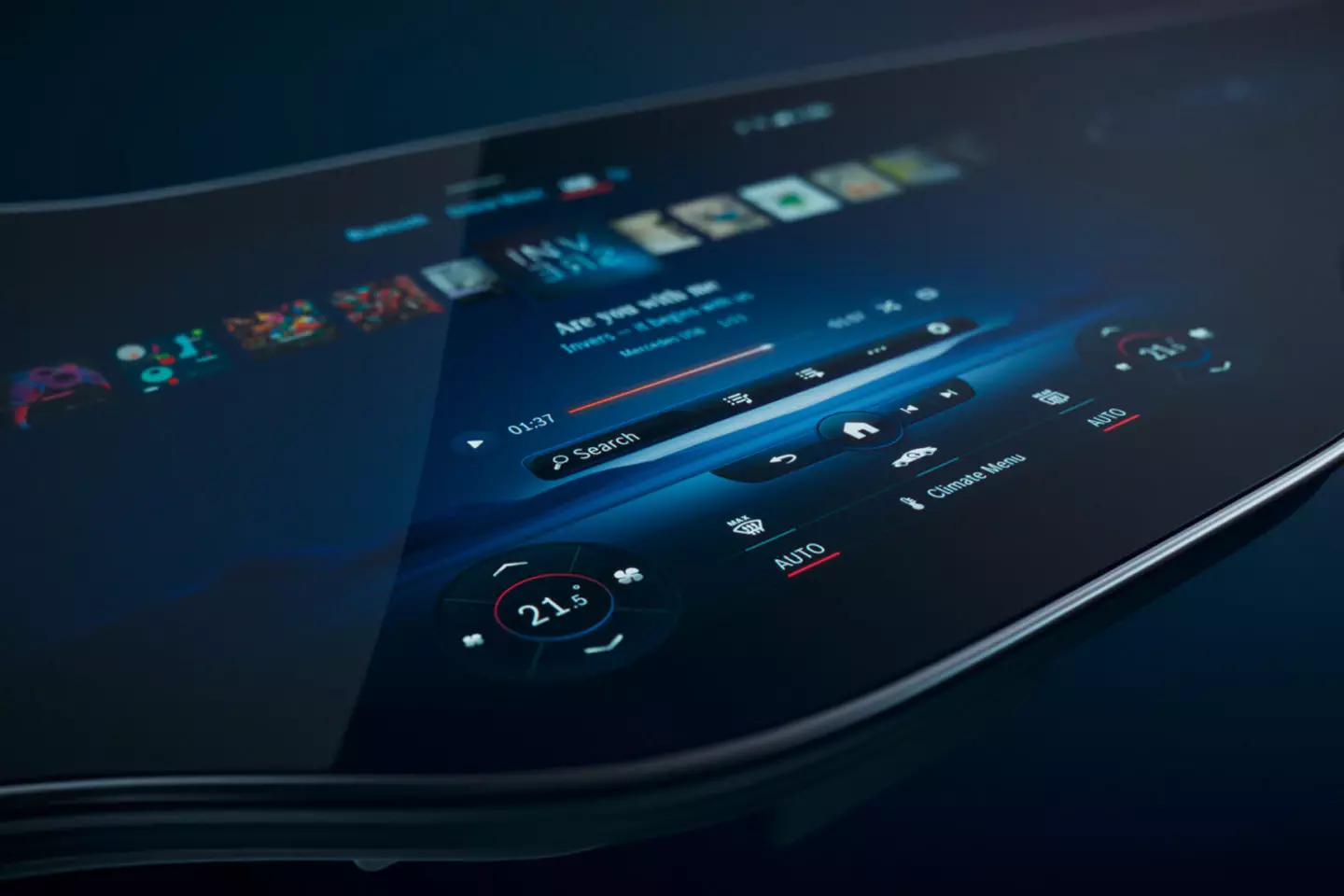
Sajjad Khan, technical director at Daimler, explains that this “zero layer” concept began to be worked on three years ago: “as it works with Artificial Intelligence (AI), the system quickly learns the user's preferences and habits and provides everything that he needs. Impressive on the outside and super-intelligent on the inside, it connects with the outside world and all the vehicle's occupants. All functions and features — battery charging, entertainment, phone, navigation, social networking, weather functions, connectivity, massage, etc — are fully visible and available at all times, fully connected and personalized, combining enormous computing power and THERE".
The screen in front of the front passenger can be customized from seven different profiles. The mega-display is made of scratch-resistant aluminum silicate, with eight-color processor, 24GB of RAM and 46.4GB of RAM memory band on the larger screen.
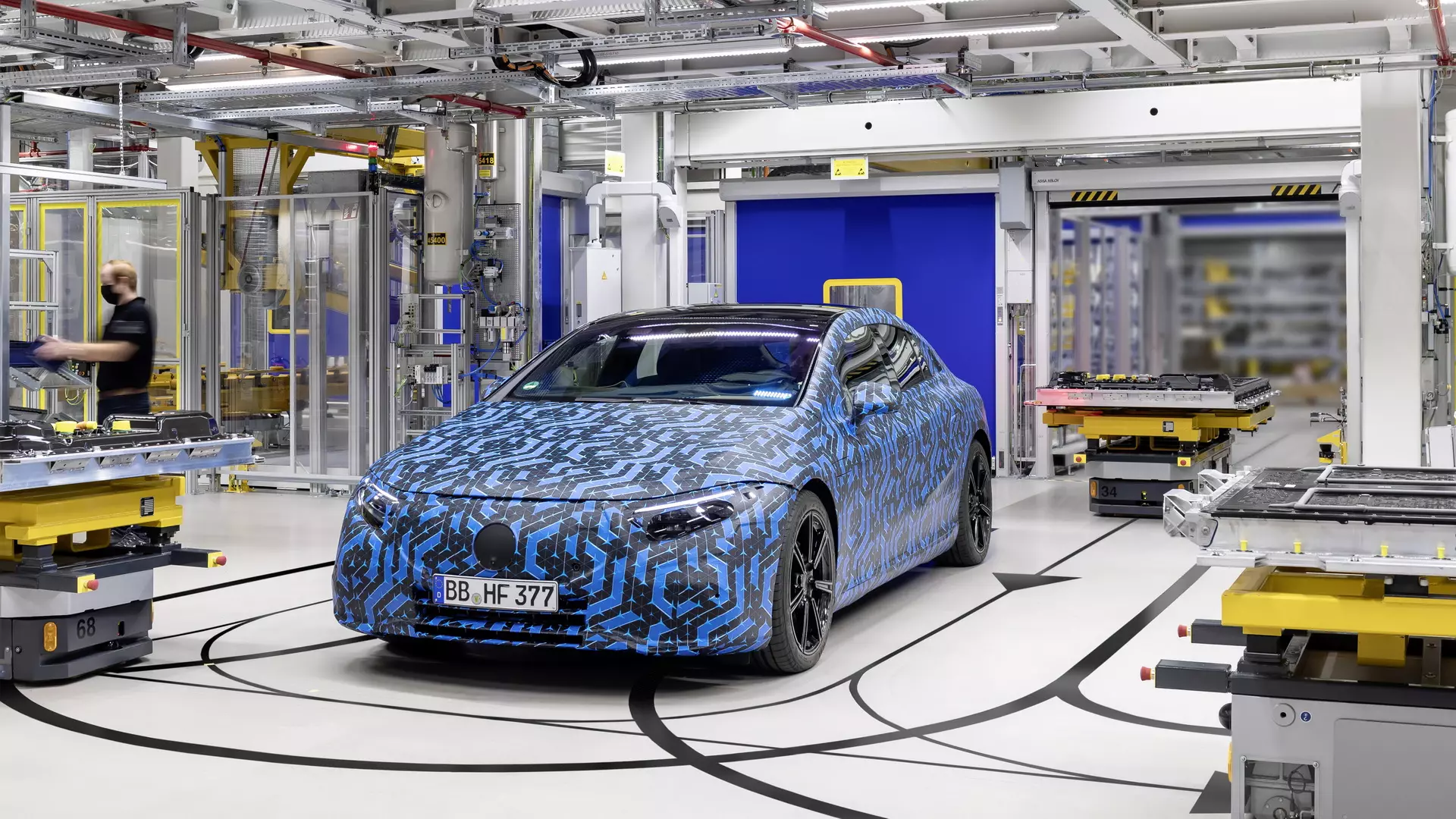
The battle of "operating systems" was "accepted" by BMW, which took the opportunity to show details of the new iDrive, a new, less revolutionary dashboard concept, which will make its debut on the BMW iX and i4 and which, later on , will be applied to future 100% electric models from the Munich manufacturer.
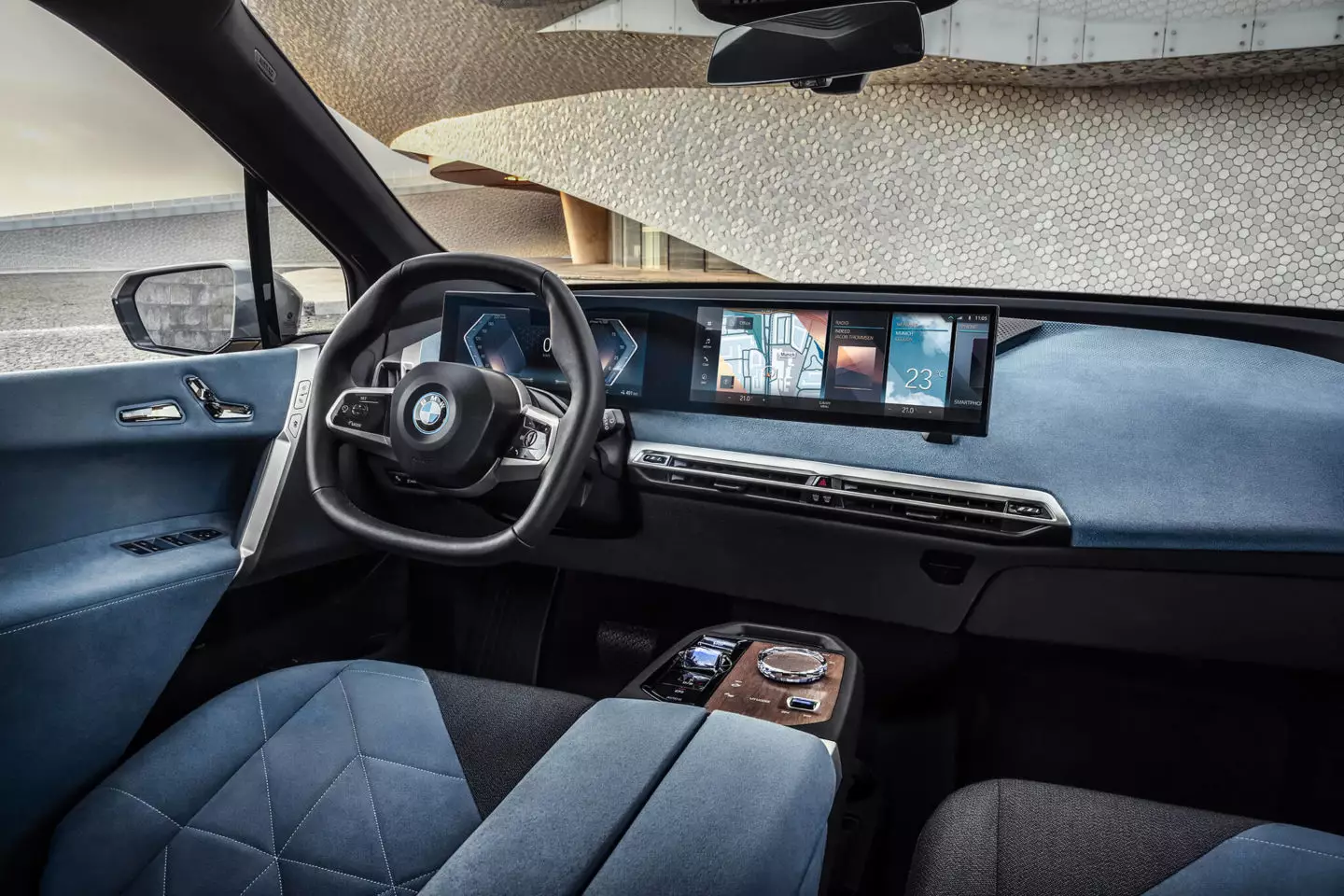
BMW iX with new iDrive
20 years after iDrive debuted in the 2001 Series 7 – the rotary control between the front seats that substantially reduced the number of buttons the driver had to operate – BMW now wants to enter a new era with its high-tech display , also slightly curved, but also the innovative almost floating center console, made in real wood, with the start button, gear selector and the familiar push-and-pull controls.
As with current models, however, functions can also be operated by voice and touch screen. The two-spoke steering wheel, with additional buttons, may take some getting used to. Domagoj Dukec, BMW's design director, explains that "iX was designed from the inside out, with a modern, minimalist interior to help generate generous interior space."
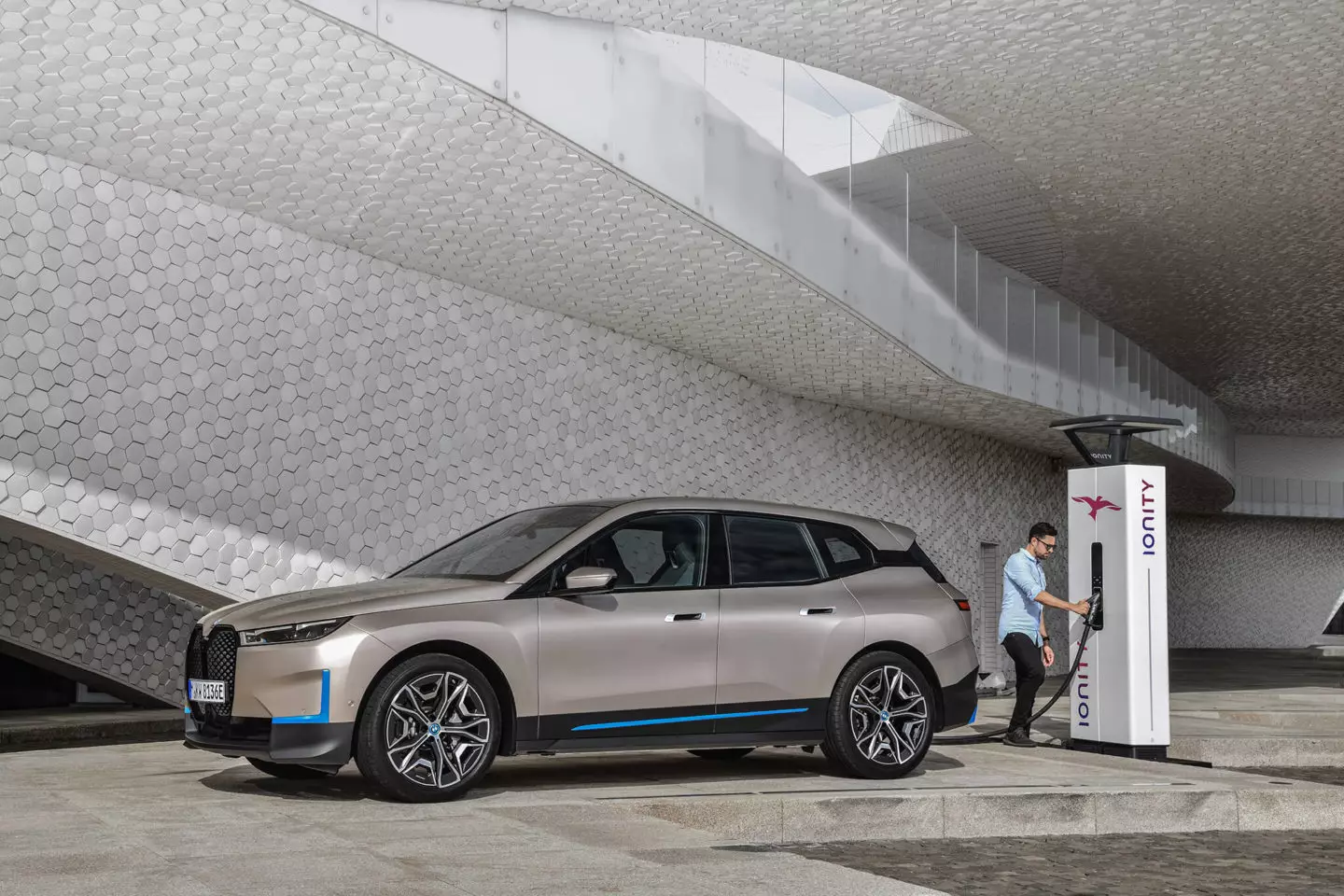
Not being able to use the CES 2021 as a stage for the world unveiling of its new top-of-the-range Grand Cherokee L, Fiat-Chrysler Automobiles (FCA) created an interactive 3D platform to receive “visitors”, also inviting them to know their model. with an unprecedented dashboard, which highlights the large central screen (8.4″ or 10.1”) and the new operating system UConnect 5 (which works with the Android operating system and allows remote updates).
It is based on the tried and tested FCA Group interface, but offers completely new functions and five times the processing speed. The start menu is variable and customizable, allowing quick one-touch access to your most frequently used functions.
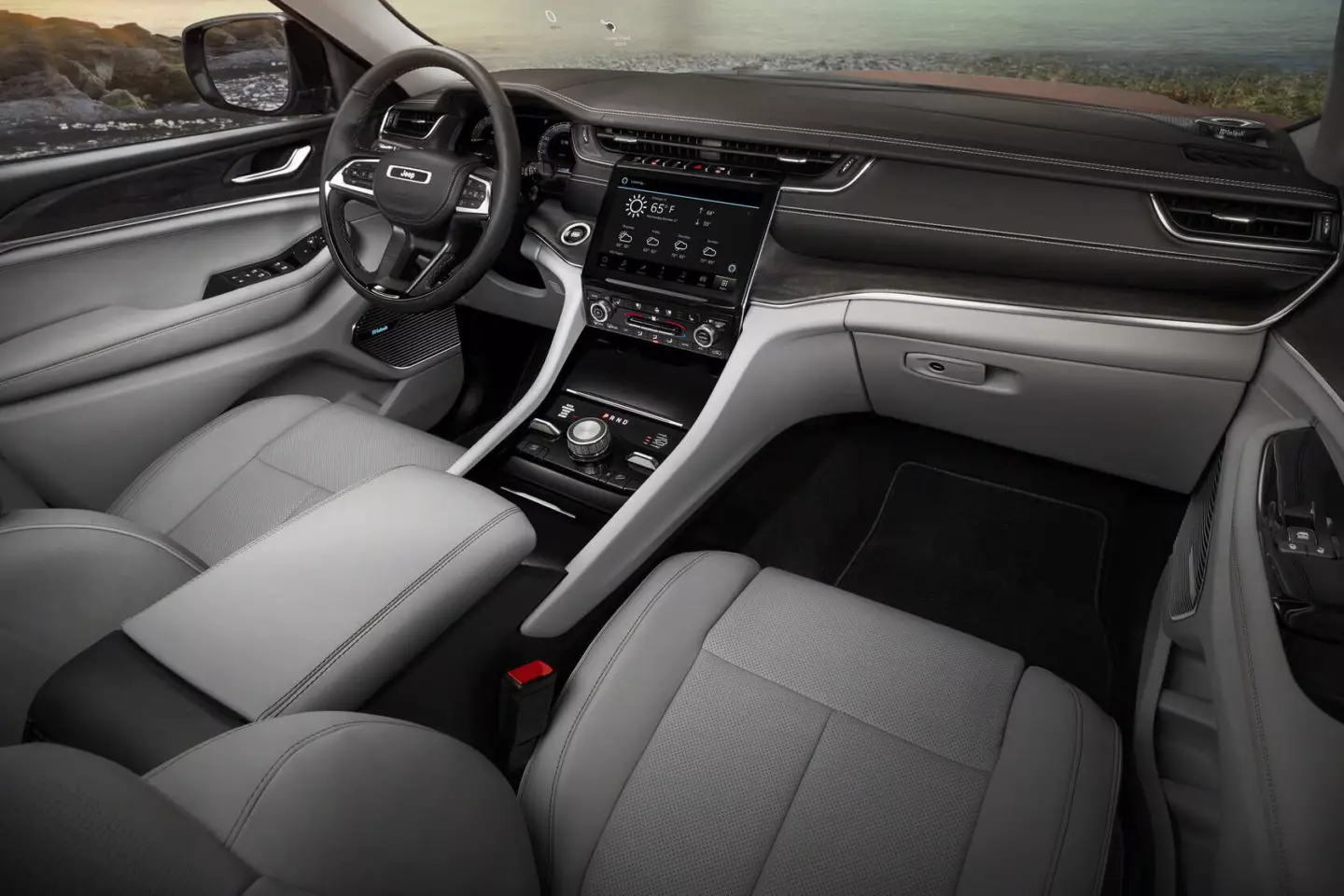
Home to Car functionality has also been expanded with an Alexa virtual assistant and improved TomTom navigation, along with natural language voice command acceptance and remotely loaded maps. It has a head-up display and the transmission selector is no longer a lever and has taken the form of a rotary command.
Air taxis closer and closer
FCA also surprised with the announcement of a partnership with Archer, a California startup, for the launch of a flying electric vehicle designed to reduce traffic and pollution problems in major mega-cities around the world, whose presentation should take place still in 2021, with production plans for 2023. It is only known that it will lift and land vertically (VTOL) and that it will be fully electric with a maximum speed of 241 km/h and a range of 96 km.

Aiming for a share of this VTOL market (which Morgan Stanley estimates could reach 1.5 billion dollars in 2040), another American reference and luxury brand, Cadillac unveiled a similar project, the VTOL Personal Drone, which it constitutes. General Motors luxury brand's first experience in individual air mobility.
Using a 90 kWh battery that drives four rotors and takes different passengers to a meeting on the other side of the city, without wasting any time, connecting heliports on the roof of two skyscrapers in the mega-city. It's a vision of what autonomous vehicles and the luxury of a luxury brand can mean.
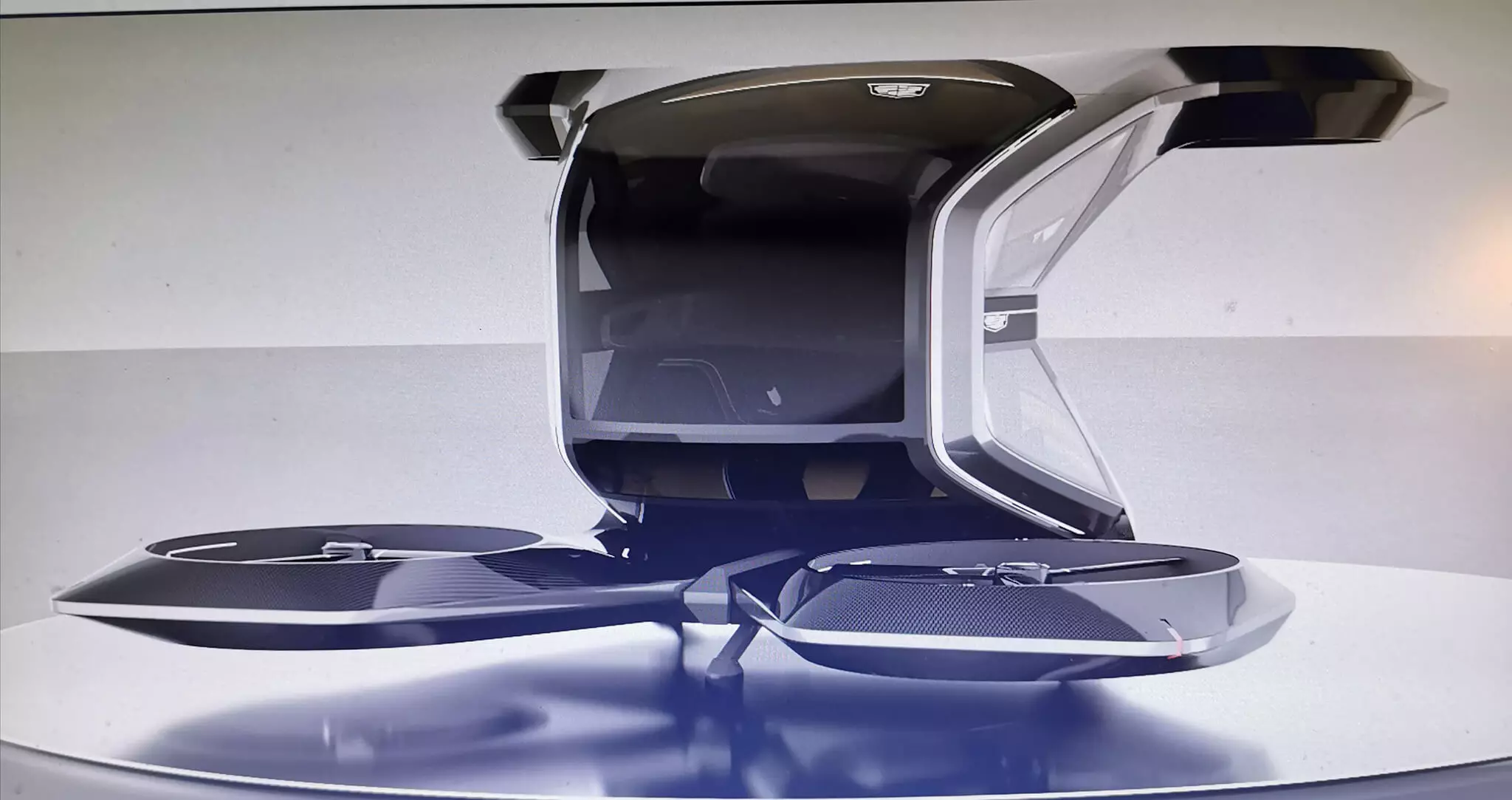
Also “out of the box” is the autonomous “Cadillac People Carrier”, the PAV (Personal Autonomous Vehicle) and with an interior designed as a living room for a group of friends or family on their way to a common destination. The panoramic roof makes the journey more pleasant, the door opens laterally and vertically to allow all freedom in the entrances and exits.
There are even biometric sensors that measure vital occupant data to help with climate, humidity, light and sound, while voice and gesture control makes the in-flight experience totally intuitive and natural.
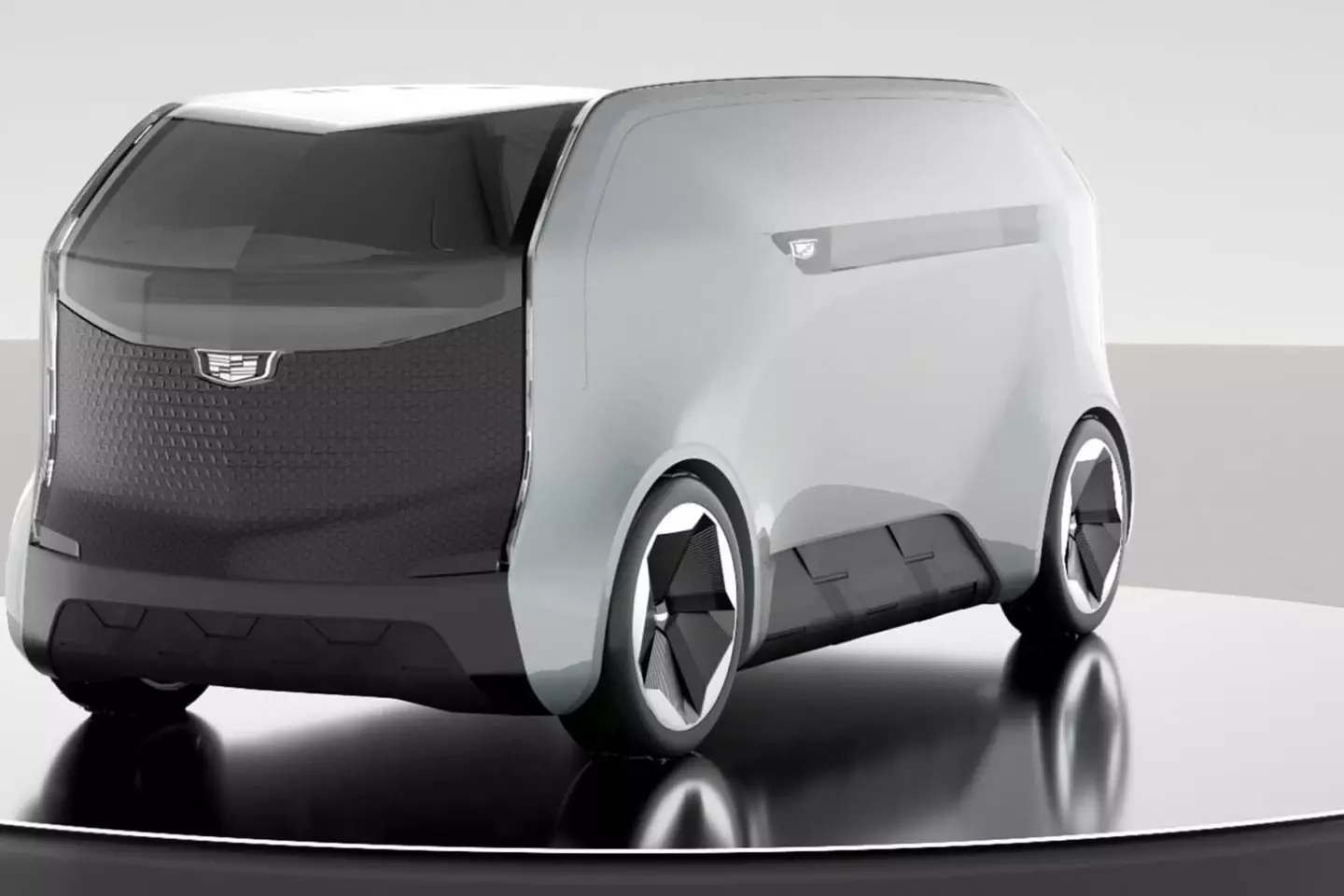
Cadillac PAV
GM invests 27 billion by 2025
Closer is the arrival of a range of electric models as a result of a $27 billion investment by GM in this transformation to electromobility, in just the next five years — in this sense, GM also showed at CES 2021 a new group logo already with the electric age in mind.

The sizable investment starts with a battery factory in Ohio (in partnership with LG Chem), which will produce Ultium, the new batteries GM unveiled in 2020.
These come with a new cell technology that reduces the dependence on cobalt by 70%, replacing it with aluminum, while achieving a 60% increase in cell density, an optimization of the space between cells and a reduction in wiring by 90%. It will make it possible to create the first almost wireless electrical platform and with software capable of managing 4.5 TB of data, in other words, computing power multiplied by five compared to the current electrical architecture.

GM Ultium Battery Pack
The Ultium will have three configurations, one for jeeps and large SUVs, one for small sports cars and yet another for medium and compact crossovers. Its modular principle (applicable in front, rear or all-wheel drive vehicles) is the secret to a series of advantages, as Mei Cai, director of the laboratory group that developed the battery application explains: “we have achieved autonomy that goes up to 724 km with a load, with 40% less cost and 25% less weight”.
It will be the technical basis for the Chevrolet, Buick, GMC and Cadillac trams. Some of these models are the SUV Cadillac Lyriq (with its impressive curved 3D dashboard screen with a diagonal of 33") and the Celestiq, the brand's future top-of-the-range electric and rival to cars like the Mercedes-Benz EQS. So far, we've only seen the teaser of part of a lighthouse and the plate around it, but it will bring some innovative solutions like the panels above the occupants that can be made translucent or change color if those sitting underneath so wish.
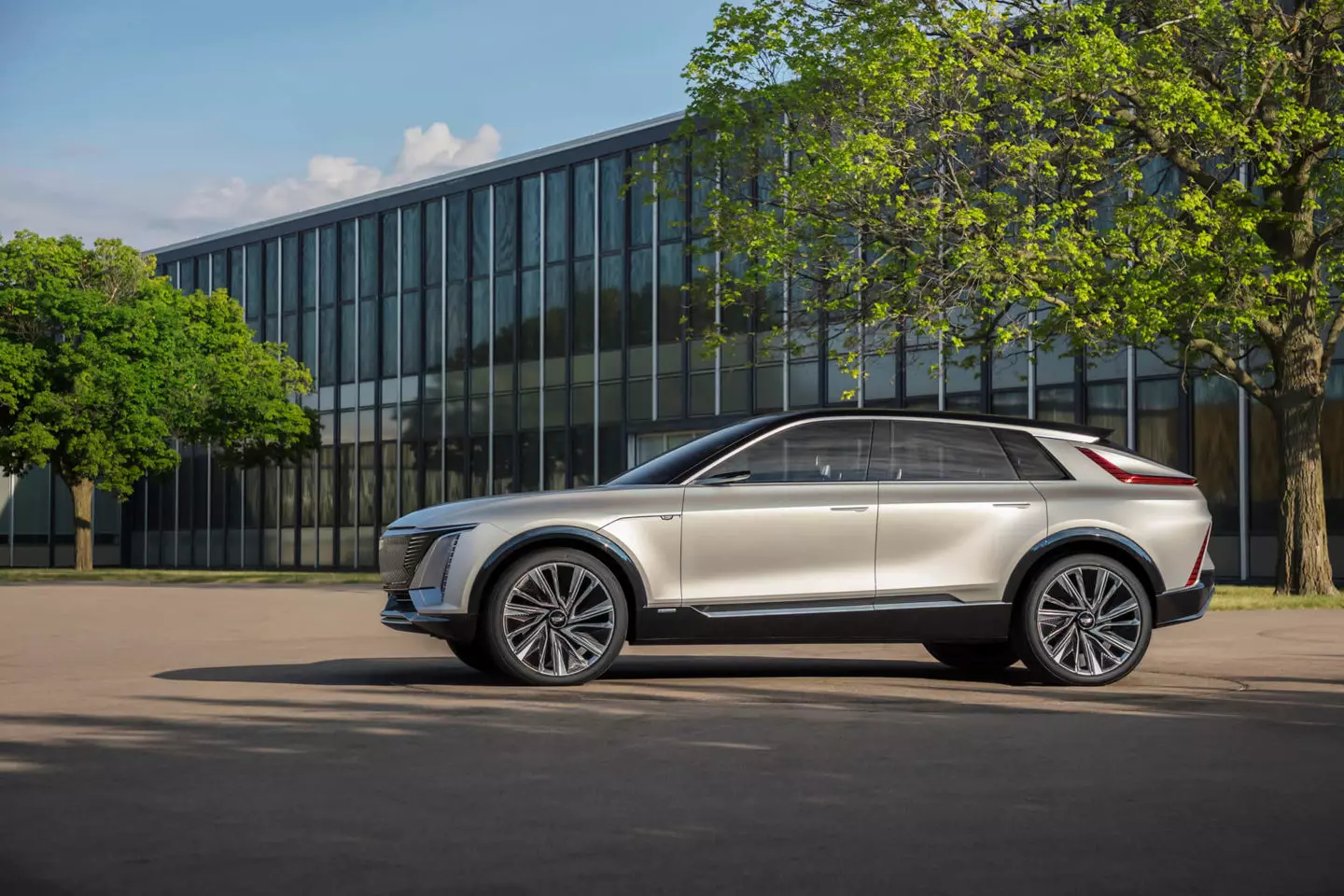
Lyriq Cadillac
In addition, of course, to the GMC Hummer, with its (up to) 1000 hp and more than 1000 Nm, which clearly shows that any vehicle, even a Hummer, can have a 100% electric future.
Another revelation at CES 2021, by GM, is the bet on electric commercials, a new business area called BrightDrop, which will not only propose the sale of vehicles, but also software and services. The EV600 will have an autonomy of around 400 km and will include several electric pallets (EP1) to facilitate the arrival of products at the customers' doorstep.
The first customer is none other than FedEx, which has already ordered 500 EV600 units that will arrive at the beginning of 2022, but GM guarantees that it already has more interested companies.
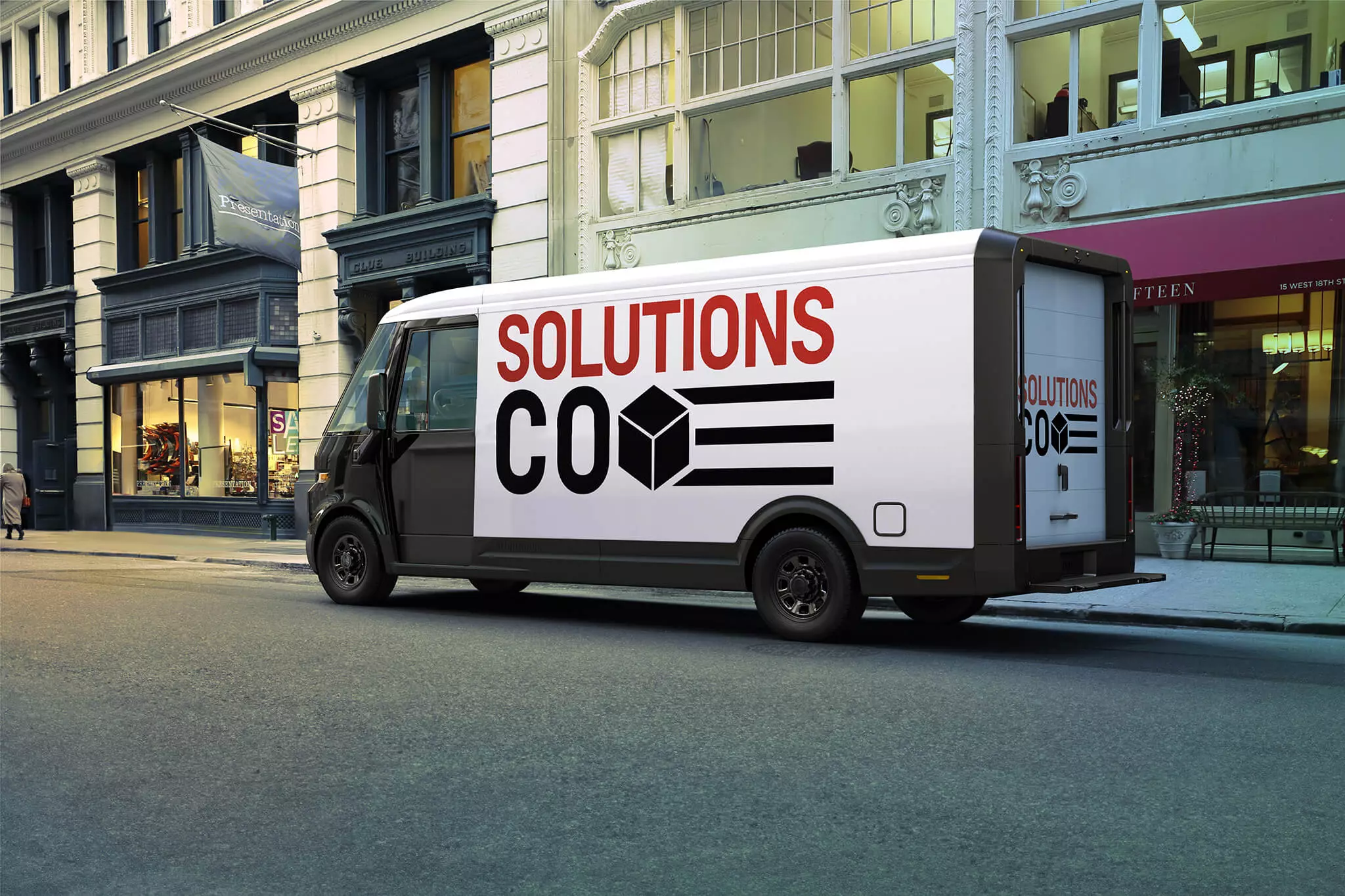
Suppliers with stage
If in classic motor shows it is the vehicles that focus attention, at CES the suppliers have a lot of “stage”, not least because they are decisive for the technological progress of the automobile of the future. They continue to look for new solutions based on Augmented Reality and Artificial Intelligence technology, having been assiduous and relevant presences at CES over the last few years.
Continental, Here and Leia, for example, are working together to launch a new generation of car displays that use building representation and three-dimensional topography and combine it with light field technology. “The 3D screen technology not only adds a surprise factor in the vehicle cockpit, with the right content, it also creates a more intuitive interaction between driver and vehicle and increases driving safety”, explains Ulrich Lüders, Director of Strategy and Continental's Human-Machine Interface division portfolio.
One of the most recurrent themes at CES in recent years has been autonomous driving technology, so-called robot cars (AV). Progress, for now and in the coming years, is only felt by the suppliers' R&D departments and the end user will still have to wait until the end of the decade to feel this reality.
Bosch sees the combination of autonomous electric cars with networked services as a huge field for software applications and this is where the world's largest supplier to the automotive industry believes it can consolidate its leading role in electronic systems.
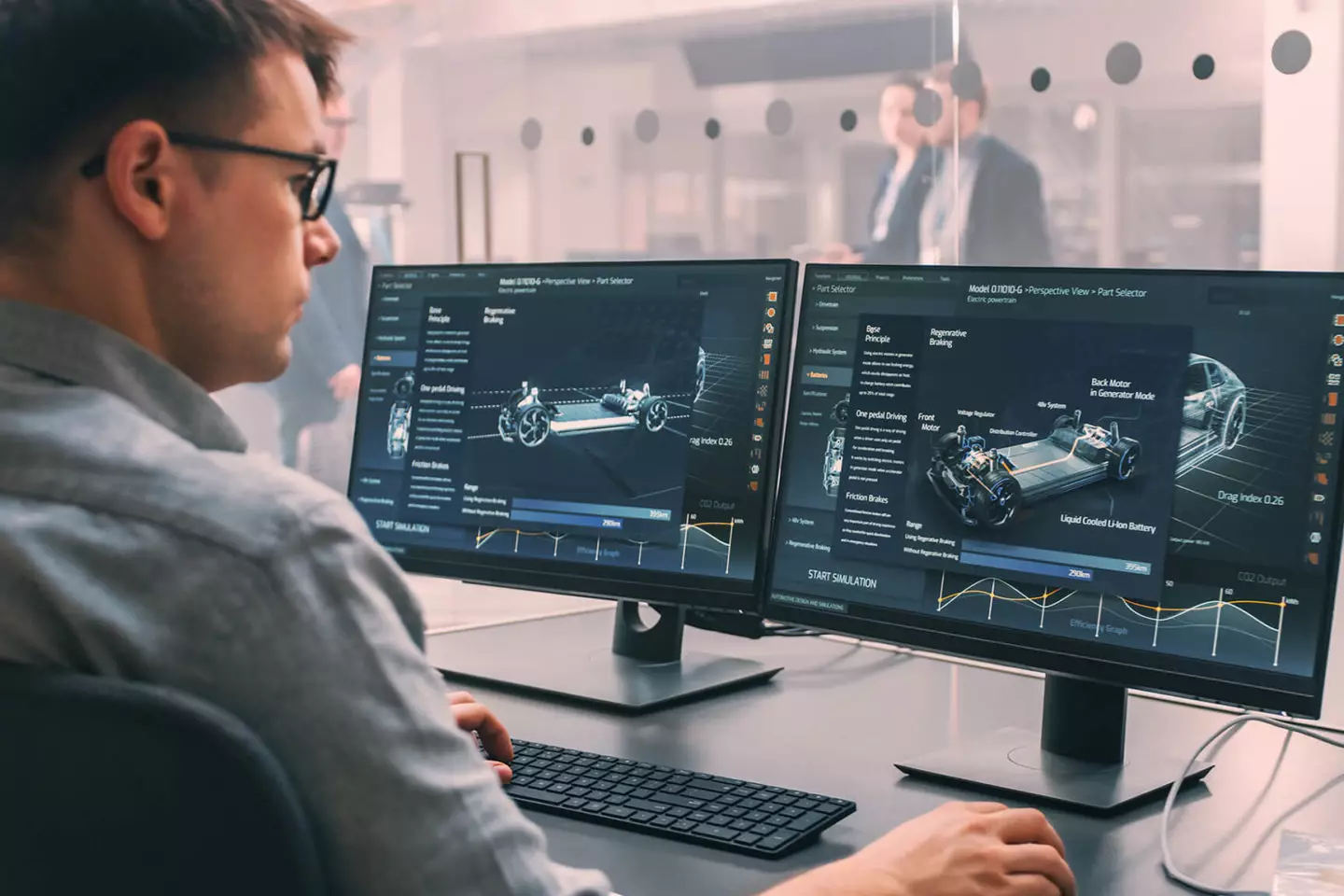
Bosch
On January 1st, a new division was created — Cross-Domain Computing Solutions — with approximately 17,000 employees, whose mission is to ensure that the complexity of vehicle development is reduced and that new functions can be incorporated more quickly. in automobiles thanks to Artificial Intelligence.
We also learned that Panasonic has practically ready a projection screen on the windshield with Augmented Reality, Artificial Intelligence, real-time information, driver's eye tracking technology for an intuitive, comfortable and safe experience. And also that Magna and LG have teamed up to produce electric motors, inverters and on-board chargers for the automotive industry, starting with General Motors and Jaguar Land Rover who will start using them immediately.
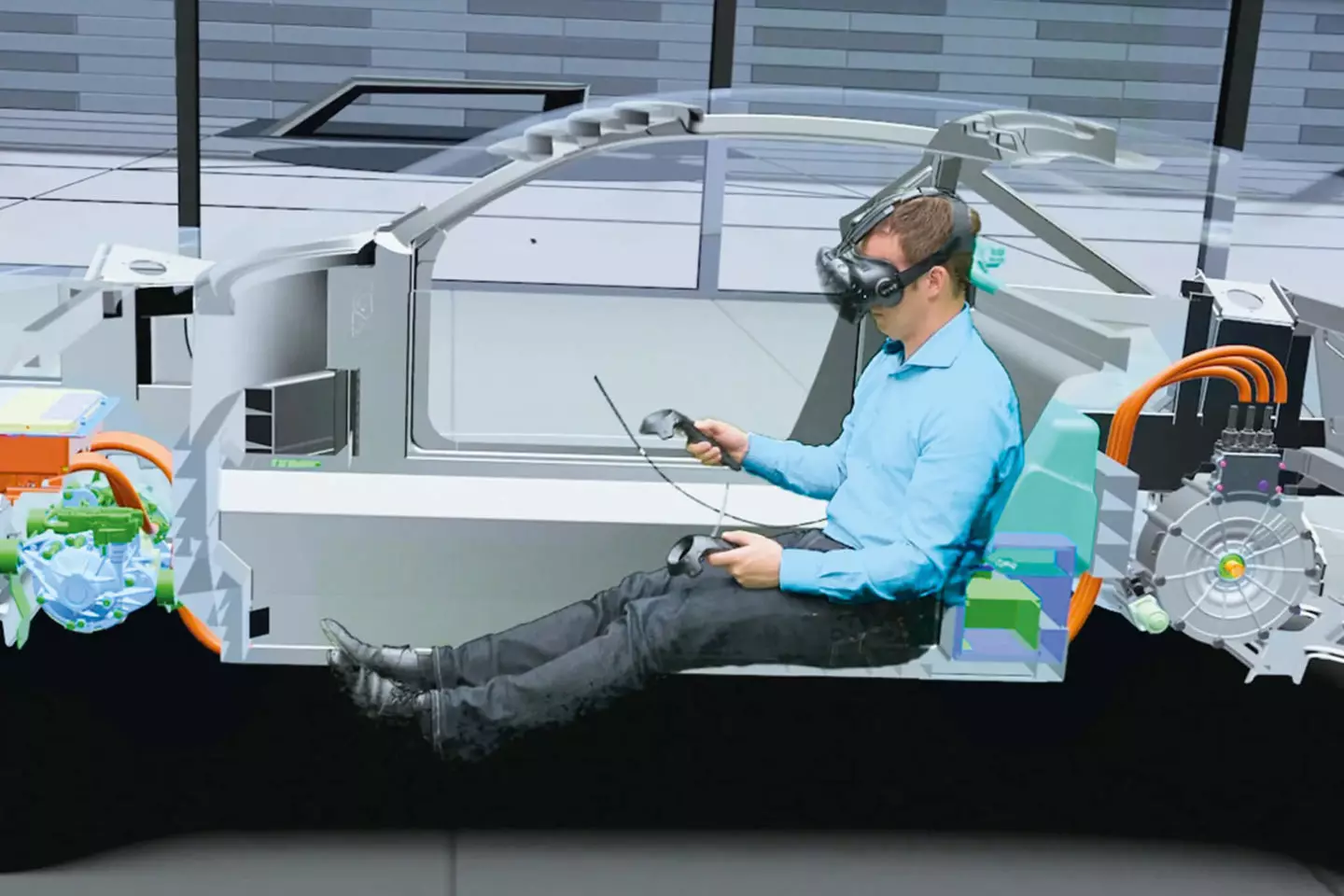
Magna
From Indianapolis to the solar car
Finally, two of the news that caused a lot of impact among visitors to the virtual fair. On the one hand, the Indy Autonomous Challenge, an idea born of Penske (owner of the Indianapolis Motor Speedway) and which joined forces with the US Power Systems Network to carry out a mission: to put 30 autonomous racing cars in track, prepared by students from 30 universities in the US, Europe and Asia who created the algorithms that allow the Dallara IL15 to be able to run at more than 300 km/h without colliding with each other or with the walls of the legendary oval.
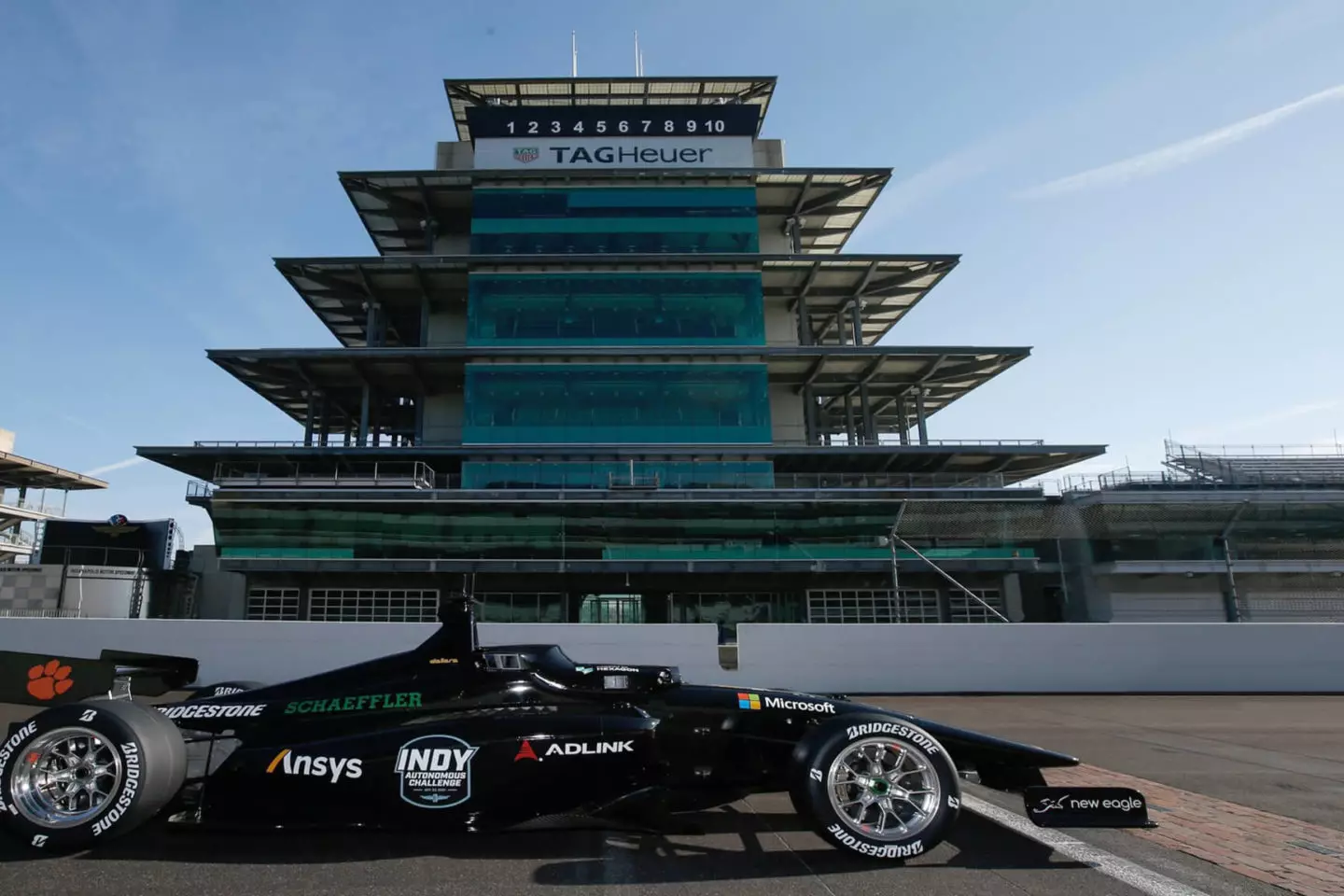
The cars (similar to those used in the Indy Light Series, the Formula Indy promotion formula) are all the same and no changes can be made to the engine or chassis: everything will play on radar, LIDAR, cameras and GPS sensors (which harm the Dallara's aerodynamics) and its integration (hindered by high levels of vibration). On October 23 of this year the first car to complete the 20 laps of the 4km oval will take home a big check for a million dollars.
And, finally, the car that advertises itself as the first electric car with a solar-powered battery, a project by Sono Motors, a company formed in 2016, based in Munich and made up of a group of visionaries, some of whom come from manufacturers of automobiles from the four corners of the world.
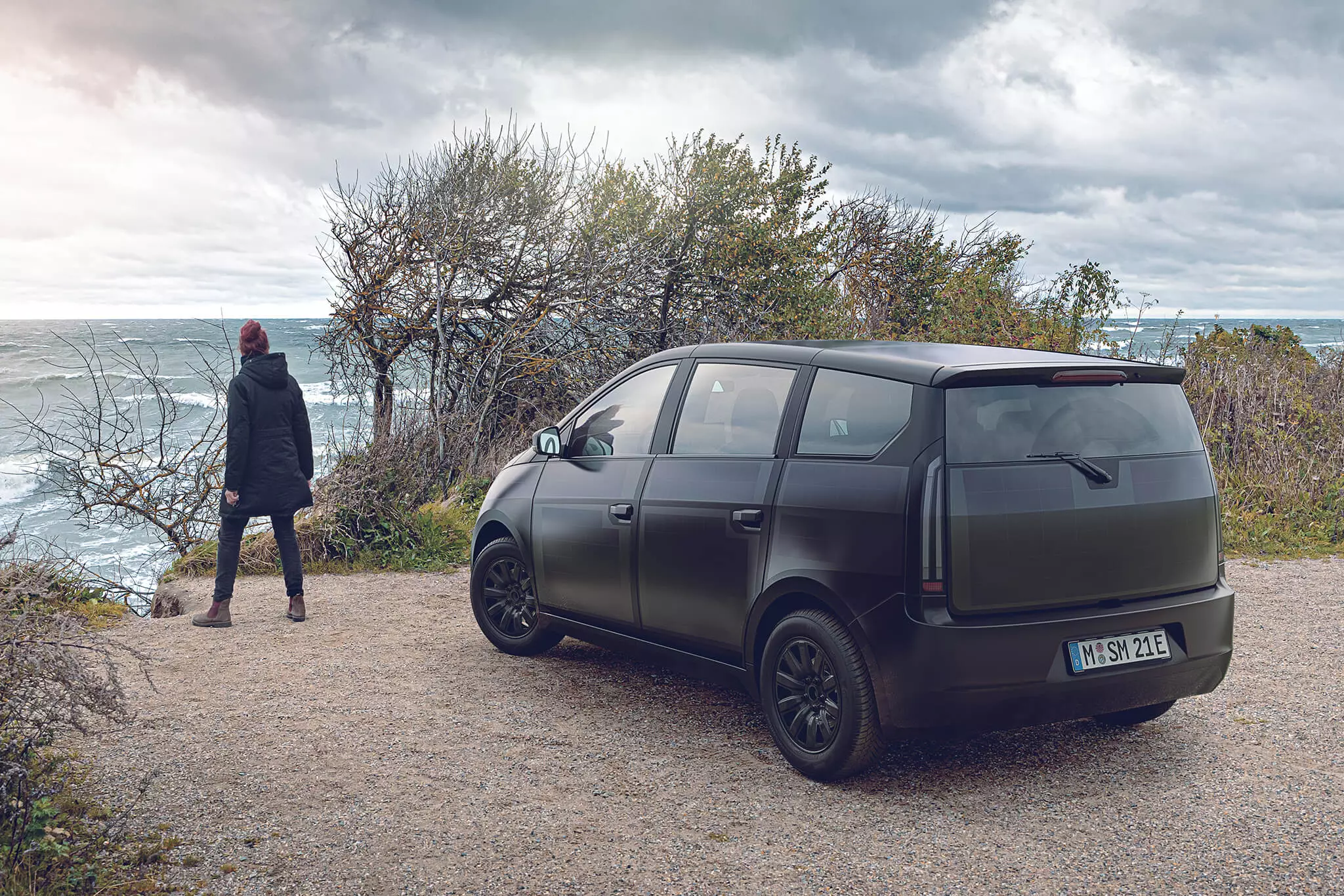
With more than 100 million euros of funds raised, it was possible to make the first prototype of Sion, in 2017, and here at CES the second (which continues to appear to have been designed by a 6-year-old child) was made known, already with plans production for next year, in Trollhattan, at the factory that belonged to Saab.
The lithium-ion battery has a capacity of 35 kWh and the declared autonomy is 255 km (WLTP), which can then receive up to an additional 35 km of autonomy through the sun's rays when focused on the bodywork that integrates solar cells (on the roof , hood, bumpers, side and rear sections) with monocrystalline silicon cells capable of generating energy even in cloudy or shady skies.
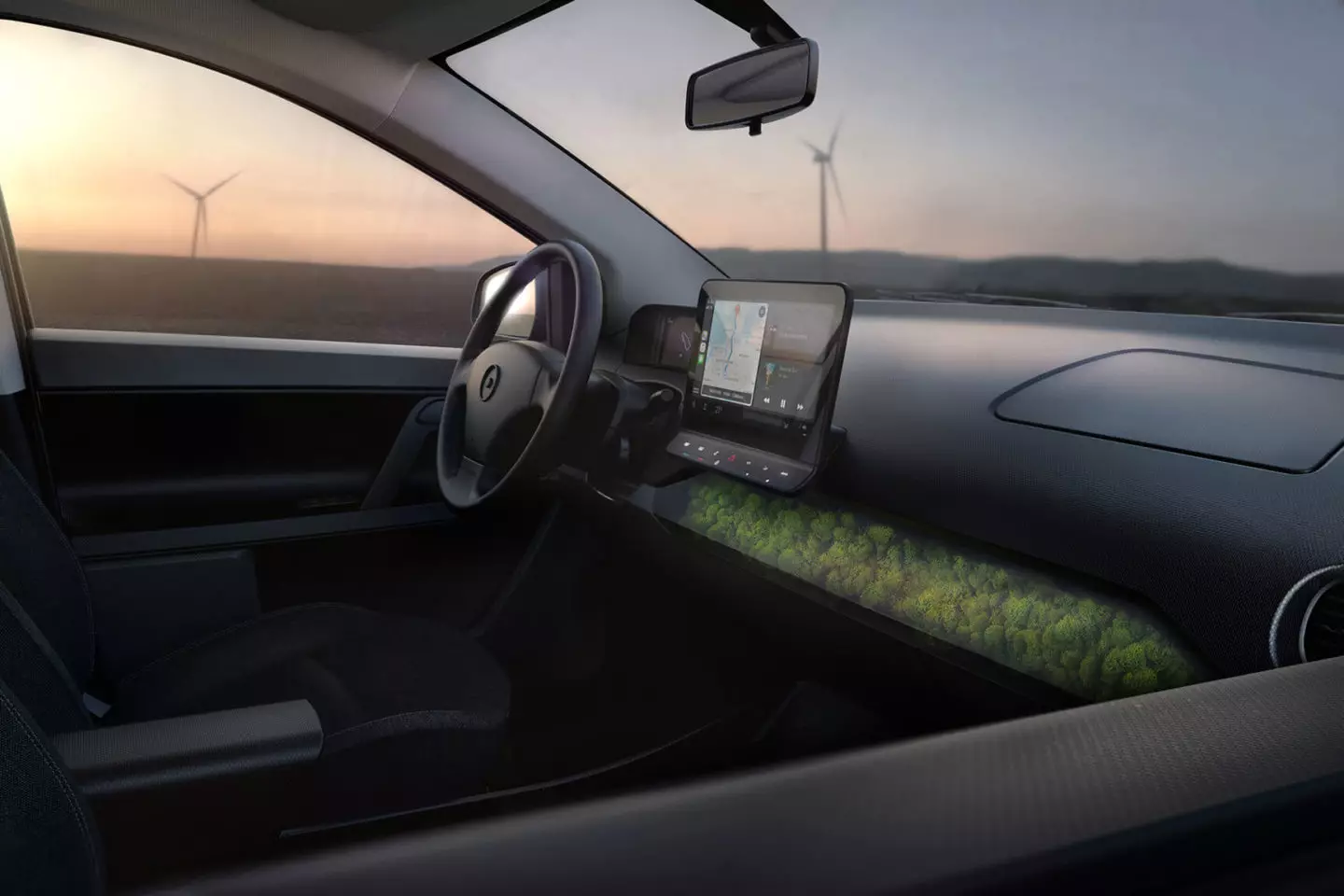
The Sion has three charging cables: the European domestic Schuko (up to 3.7 kW) with which it takes 13 hours to charge the battery, the Type 2 (up to 11 kW) in a charging station which will require 3.2 hours for the same effect and CCS (up to 50kW) for fast charging, which will take the battery level to 80% in 30 minutes (and another 30 to reach 100%). The three-phase synchronous motor power is 163 hp (120 kW), the maximum speed is 140 km/h and the front wheel drive. The price of the 4.3 m long Sion, which can accommodate five occupants, is €21,428.
